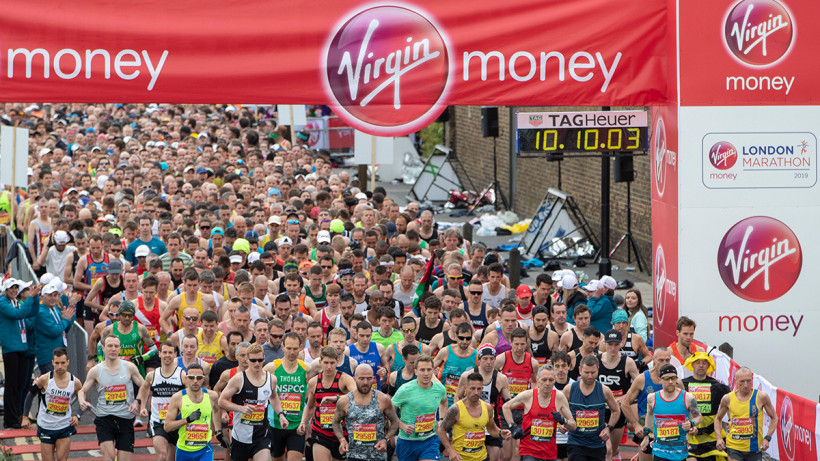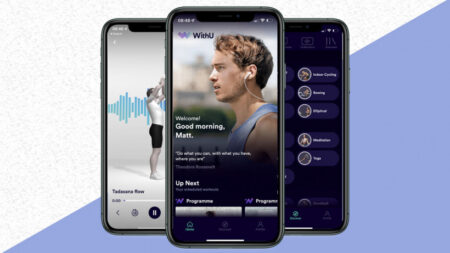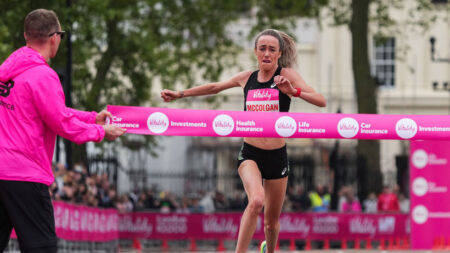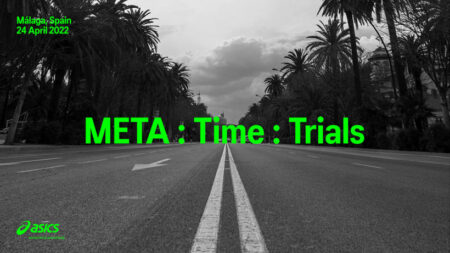How to enter, navigating the expo, getting to the start line and insider tips on the course
When you first consider entering the London Marathon the chances are you’re thinking about how great if would feel to cross the finish line, roared on by the massive crowds the race attracts.
What you’re probably not thinking about is the admin and logistics involved in entering and getting to the race. For good reason, those things are a whole lot less exciting. However, if you are keen to take part in the event, it’s admin and logistics that will be needed.
And we’re here to help.
- Get the right marathon shoes: The best road running shoes to buy for men | The best road running shoes for women
What you won’t find below is a detailed training strategy or a series of top tips for race day – the only tip you really need is get to the portable toilets before the queues become ridiculous.
Jump to the right section:
- Entering the London Marathon
- The London Marathon expo
- Getting to the London Marathon start
- The London Marathon route
- Where to watch the London Marathon from
- What freebies you get with your London Marathon medal
What you will find are the details on how you go about getting into the race, how you get to the marathon expo and start line, a guide to best and worst bits of the 42.2km course you’ll be running, and, importantly, what to look out for in terms of freebies you can get with your marathon medal.
How to get a place in the London Marathon
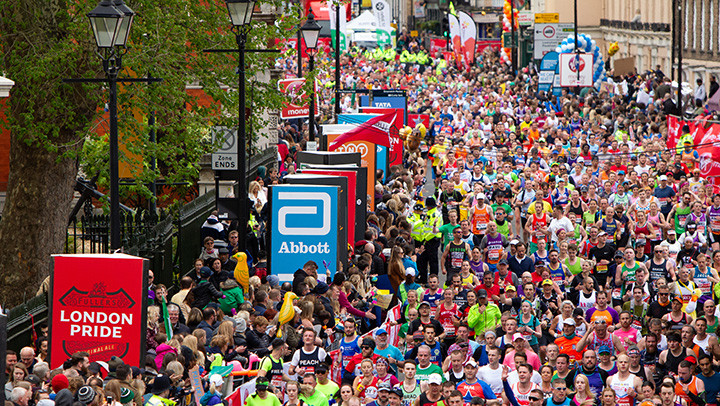
The easiest way to get into the marathon is through the ballot. Of course, this is only easy in terms of the amount of work you have to do – getting a ballot spot is actually very difficult indeed when it comes to your odds of success.
For the 2020 marathon, 410,000+ people applied for a ballot spot, and come race day only about 17,500 people will line up having won a place through the ballot.
You also have to enter the ballot during the short window when it is open, which is usually around the end of April/early May. Miss that window, or strike out in the ballot, and you’re left with three main options.
The first is to get a club spot – But these are usually allocated by British Athletics-affiliated clubs to their most active members, so if that isn’t you, move on.
The second way is through a charity – Many charities have places in the London Marathon that you can apply for on their website – London marathon provide a list of charities here. You’ll be expected to raise around £2,000 for the place and this will be a compulsory target, meaning the difference comes out of your pocket if you fall short.
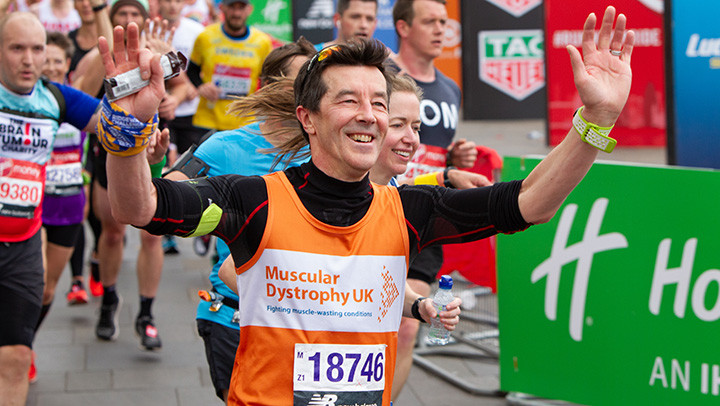
The other way to enter is to be really quick – There are 6,000 Good For Age spots available for runners who have achieved the qualifying time for their age and gender.
And if you’re quicker still you can get a Championship Place, which requires having recently run a sub-2:45 marathon or sub-1:15 half marathon if you’re a man, and a sub-3:15 marathon or sub-1:30 half marathon if you’re a woman.
The London Marathon expo
The marathon itself is always on Sunday morning, but the buzz around the event really gets going on Wednesday, when the event Expo opens. This is held at the ExCel Centre in east London and is an essential visit for runners, because that’s where you get your race number.
No-one would describe the ExCel as especially easy to get to, and if you have to wait until Saturday to get your number you’re in for a pretty unpleasant day joining the crowds of people on the DLR train to the Expo, so try and go earlier in the week if you can.
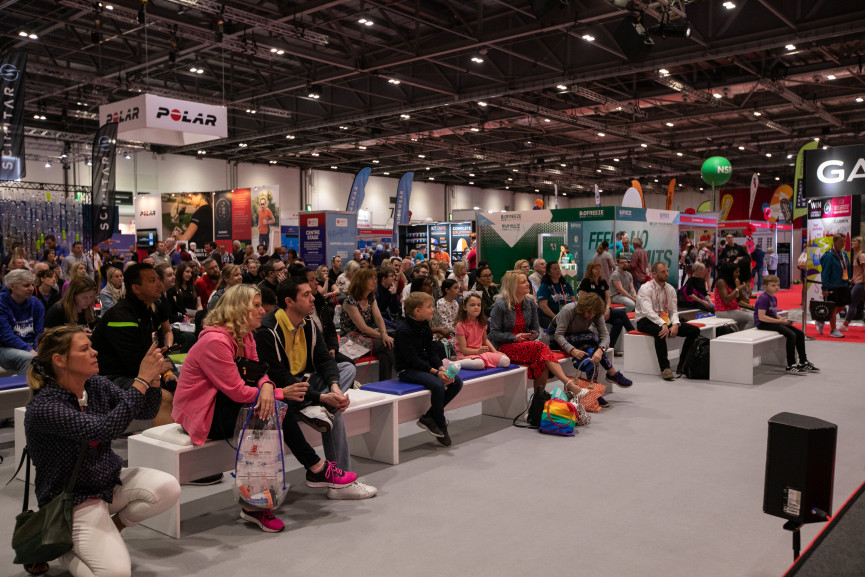
There are two DLR stations that are close to the ExCel – Prince Regent and Custom House – and all trains heading towards Beckton or Gallions Reach will stop at these stations. You can also walk get off at Royal Victoria Station – if you fancy a slightly longer walk.
Another option to get there is by bus from Canning Town – jump on the 541 from there if you find the DLR crowds too intense.
Along with picking up your race number at the Expo you can stock up on all manner of running gear and supplements, as well as race souvenirs. It’s not smart to use any new gear for the race itself of course – stick to tried-and-tested gear – but maybe you can treat yourself to some shiny new shoes to use for your next marathon.
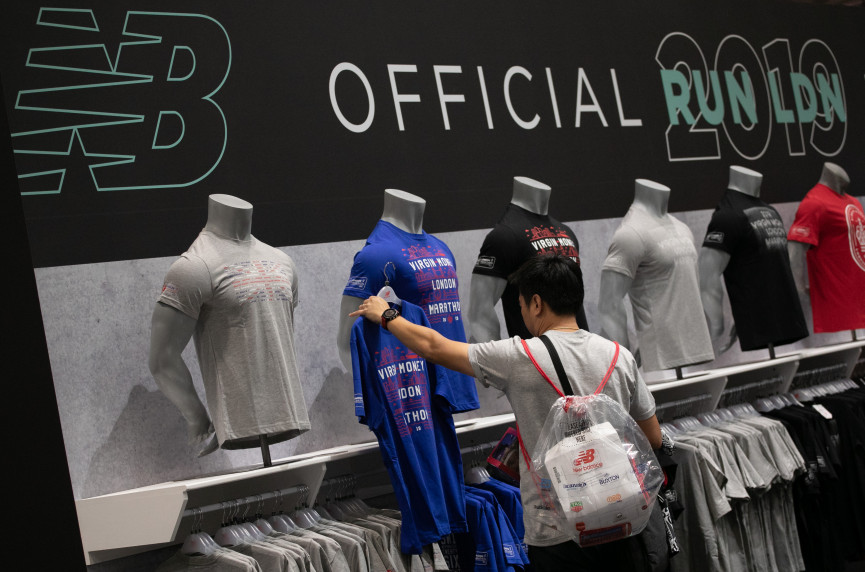
You can also get your name printed on your race shirt at the Expo, which will result in the crowds screaming your name on the course. Also check out the main stage, where a parade of famous athletes and other celebrities will be speaking about the London Marathon throughout the Expo.
How to get to the London Marathon start
Imagine, for a moment, that you’ve gone through three to four months of intense training, then braved the DLR to get to the ExCel to collect your race number, and then you miss the start of the marathon. Sends shivers down the spine, doesn’t it?
Well, it could be you if you don’t plan your race day travel impeccably. The London Marathon starts in Greenwich Park, which is lovely, but not all that easy to get to on a Sunday morning, especially when 40,000 other people are also trying to get there.
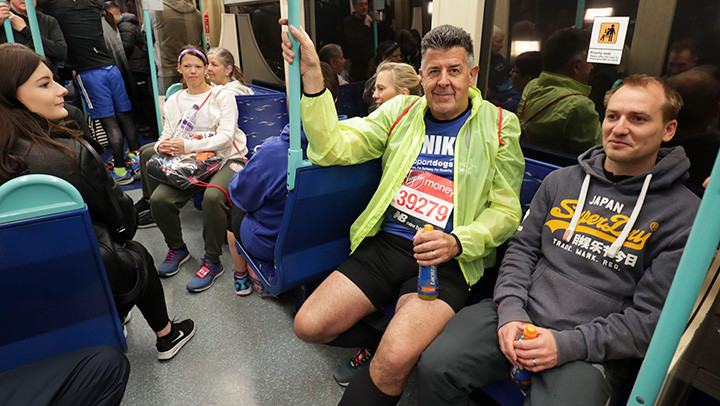
The first thing to check is which start you’re going from, because there are four – Red, Green, Blue and Yellow. Your race number will show your colour.
Although the starts are fairly close together in Greenwich, walking between them is 10 to 15 minutes of extra work no-one needs before running 42.2km.
Unless you’re with a group of runners big enough to hire a coach, the best way to get to the start is by train, especially as public transport is free on marathon Sunday if you flash your race number.
If you’re at the Blue or Yellow starts, Blackheath station is closest, while Green start runners should head to Maze Hill. Red start runners should go to Maze Hill or Greenwich. There are blimps flying over the various starts to help you out, as well as friendly marshals who can point you in the right direction too.
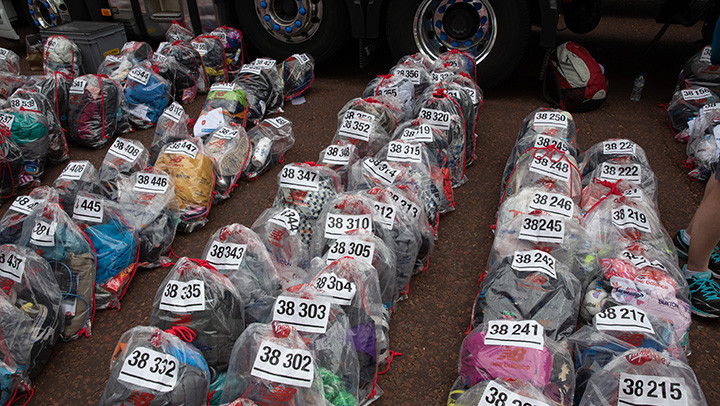
All of these stations are still 10 to 15 minutes away from the actual start, so give yourself plenty of time, especially as Greenwich Park is quite hilly – you don’t want to be sprinting up an incline to make your start on time.
You also have to load your bag onto the trucks that will ferry it to the finish for you, and almost certainly queue for the loo, so getting to the right start area at least an hour before you actually start is wise.
London Marathon route guide
The start
The most important thing to know about the London Marathon is that it’s a fast and almost entirely flat course, with a couple of enjoyable downhills in the first few kilometres.
Over the first three kilometres of the race the key is to avoid getting tripped up in the crowds. The different starts help in this regard, in that the crowd of runners is broken up a little, with the routes merging together at around kilometre four.
Between kilometres four and seven you’ll probably find yourself running faster than you planned, simply because there are some long downhill sections. Don’t overdo it, and certainly don’t try and maintain that pace on the flat, but enjoy the downhills.
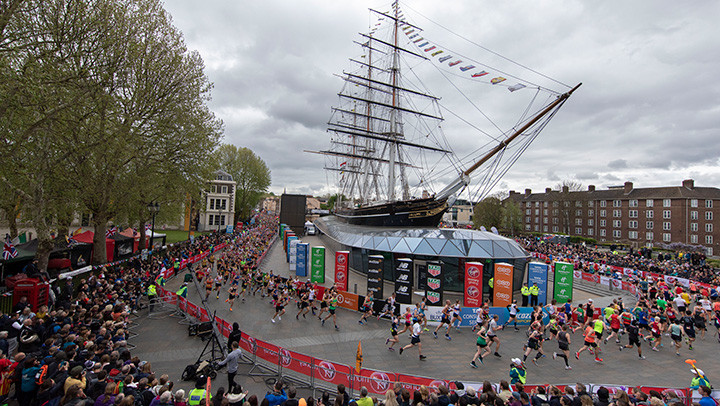
The crowd, while impressive early on, really starts to thicken at around 10K, when you pass the Cutty Sark. Hopefully, you feel absolutely amazing at this point, so enjoy the cheers, because from around kilometres 12 to 19 things go a little flat in comparison. There are still crowds, but you’re just winding your way through Rotherhithe towards Tower Bridge. It’s not all that thrilling.
Halfway
Running over Tower Bridge itself is an unbelievable experience and if you’ve got headphones in, take them out. The support is astonishing and you’ll be over the bridge and past the halfway marker before you know it.
After the high of Tower Bridge, however, comes the relative lows of the Isle of Dogs and Canary Wharf. There are still supporters, but you’ll be logging around 12km between 22km and 34km where the pain of the marathon starts to hit, and the crowd has waned a little.
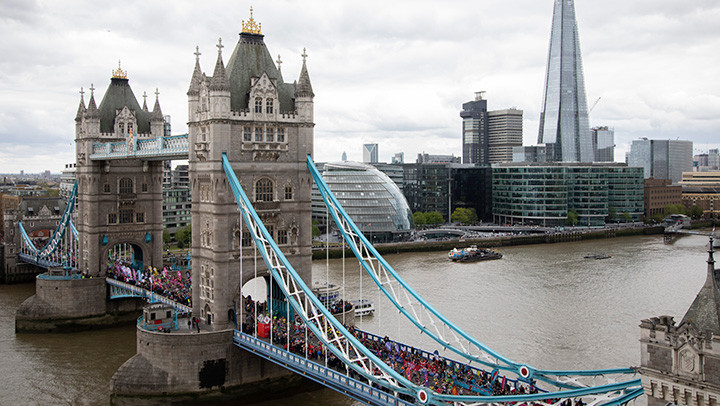
If you’re struggling things can get bleak here, but don’t think about trying to reach 42.2km, target 35km, because that’s when things will pick up. Once you get back to Shadwell and the area around Tower Bridge again the huge swell of support will lift your spirits and carry you through to the start of the final 5km.
At this point, the crowd support will never wane again and you start passing famous landmarks too, which is a pleasant change from the rather barren Isle of Dogs for sure. You’ll also run through the Blackfriars Underpass.
The finish
This is the only quiet point in the final section of the race and it’s almost a relief to take a break from the crowds. However, some runners also use this as an opportunity to relieve themselves, be sick, or have a quick cry. What happens in the Blackfriars Underpass stays in the Blackfriars Underpass.
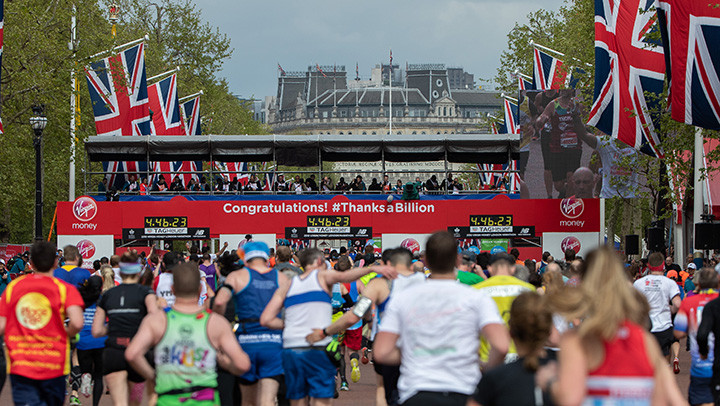
As you emerge back into the sunlight the tremendous noise of the crowd hits you. Channel that energy into the final few kilometres along the Embankment and the seemingly endless straight section along Birdcage Walk to the finish.
That’s that, then. Congratulations! After the finish, you do face a fairly long walk along the Mall to get your bag and meet friends and family, but you can take as long as you like over that bit. It’s not going on Strava.
Where to spectate
It’s not all about you, you know. Well, it mostly is when it comes to getting around 26.2 miles, but spare a thought for those cheering spectators that have given up their Sunday to help you get around the course.
Inevitably there are a lot of places to stand and watch as the runners make their way around a big chunk of London’s roads, but not everywhere offers a good vantage point. You also need to find a spot that’s easy to access from public transport – especially if you plan to jump on the tube and find a second opportunity to see your favorite runners.
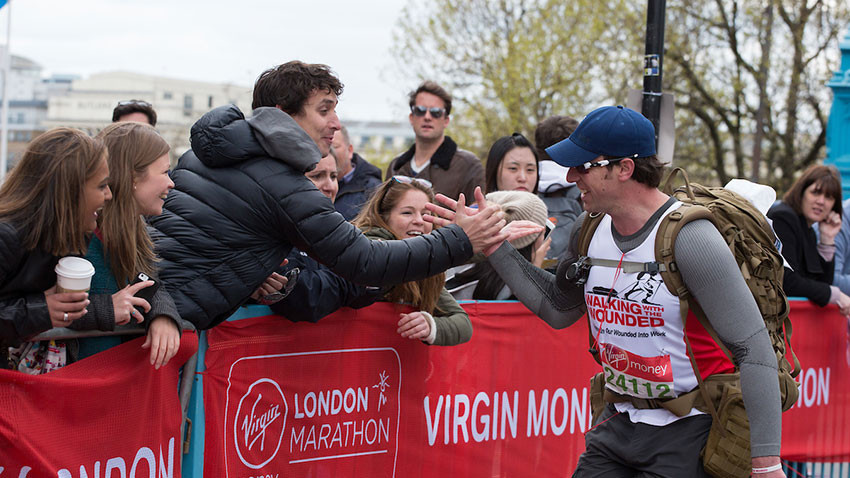
If you want to find somewhere along the route with the least crowds (although trust us, you won’t find many places that aren’t really busy) a great option is the stretch through Woolwich. These early sections are slightly thinner than those towards the end of the route and you can often find a spot right at the edge of the road. It also means you have ample time to jump back on the Jubilee line and make your way to a secondary spot or the finish.
For sheer excitement and crowds, as well as the option to pick up some nice food and drink, head to the Cutty Sark. The atmosphere at that point is electric and the runners are still relatively fresh and full of energy. Make sure you get there early though as it does get really busy.
Another great choice if you want to optimize your movement/chance to see a runner ratio is the stretch between Tower Bridge and Limehouse. This section sees the runners head out towards Canary Wharf after going over Tower Bridge before switching around and heading back along the same road. Find yourself a nice coffee shop and enjoy a break for the seven or eight miles it takes them to get back.
What freebies can you get with your London Marathon medal?
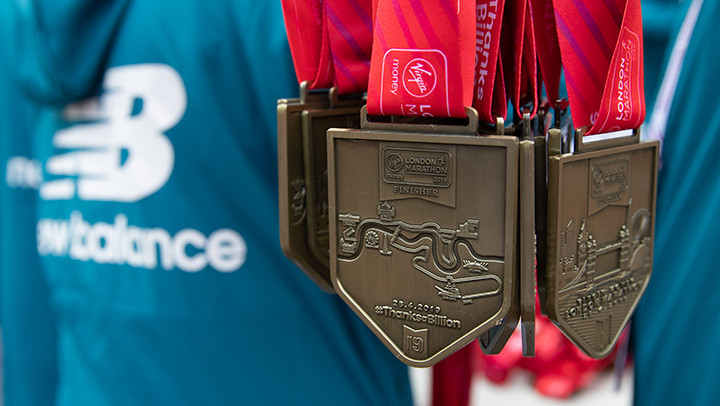
You’ll have to wait until closer to the race to see which establishments will be offering freebies, but there are some that have made it a tradition, including Franco Manca, who have given free pizza to marathon runners the day of and the day after the marathon in each of the past few years.


